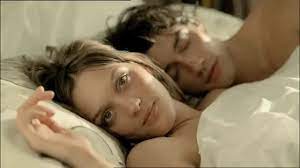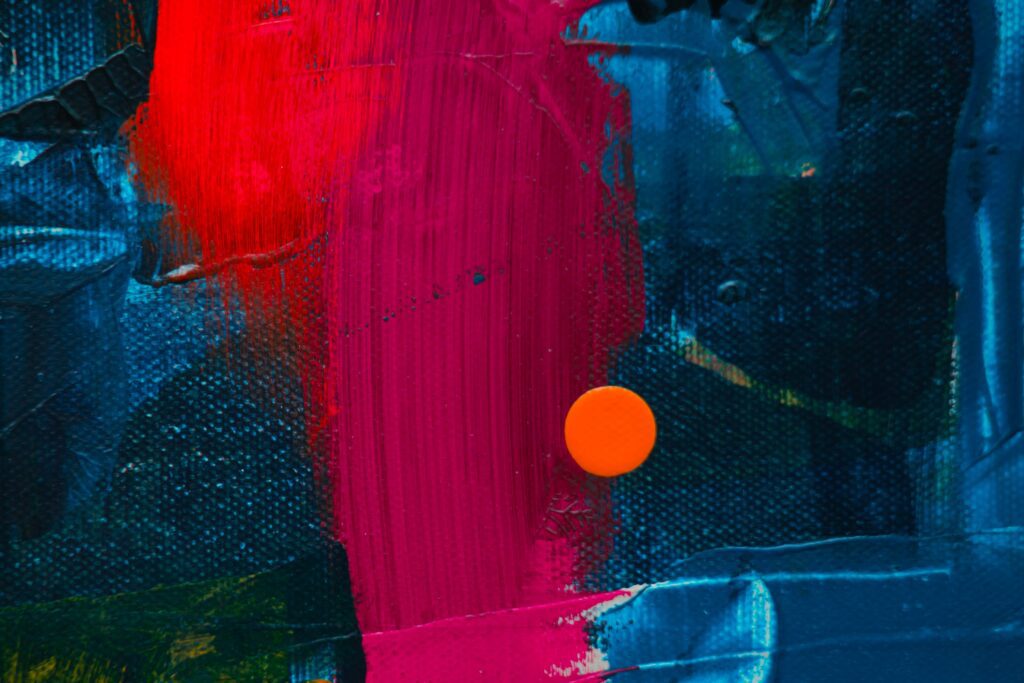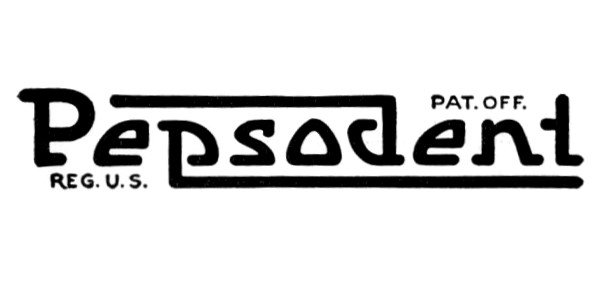Iconic Ads: Axe – Getting Dressed

Axe veers from the usual. Instead of average joes creating a huge impact on beautiful women, it is about a couple!
Nick Gill remembers the conceptualization and production of the iconic advertising film.
The Axe Effect was a long-running and successful BBH campaign. A classic example of BBH turning a practical benefit into an emotional benefit. We didn’t talk about the fragrance inside the can. We talked about seduction.
This particular Axe variant was called 24/7 because it worked harder, longer. The proposition was simple. ‘You never know when you’re going to meet the person of your dreams. It might be in a bar, but it might be in a supermarket. So Axe 24/7 ensures that you’re always ready’.
It was the first Axe brief I’d worked on so I was very excited. But I also wanted to move the campaign on. I wanted to write something that was less about a predatory male and more about two people who were mutually attracted to each other.
There is a cliched scene in old films. We follow a trail of discarded clothes across the bedroom floor before we discover the couple in the sack together, either in the throes of passion or maybe sharing a cigarette. I wondered what would happen if this trail of clothes just kept on going, beyond the bedroom, out of the house and across the city. So the viewer was taken on some strange, dream-like journey.
Another script might have started this story at the point of seduction – a couple meet and are consumed with passion to the extent that they run back to one of their flats, ripping their clothes off on the way. This script succeeded, I think because it joined the story AFTER this event had happened. It dropped the viewer down in the WRONG part of the story, rendering the viewer disorientated but intrigued. Then it gradually reeled the viewer in as it traced the couple’s journey BACK to where they originally met. This made for a satisfying and rewarding conclusion.
The turning point of this film was when CD Rosie Arnold and I got the late, great Ringan Ledwidge involved. He transformed my script into something so, so beautiful.
I remember I was shooting a Levis spot in LA when Ringan and another director were still pitching for Getting Dressed. A jiffy bag arrived at my hotel room with a CD inside it (these were pre-internet days). The CD contained Ringan’s music suggestions for the spot. I seem to remember there was a Louis Armstrong and a Doris Day track on it. But the final track was a unique interpretation of Over The Rainbow by an artist I didn’t know – from Hawaii – called Israel Kamakawiwo’ole. I remember lying on my hotel bed and playing this track over and over again, trying to imagine how the film would work. Ringan had unlocked the film with this music. It became an urban fairy tale, not a bawdy sex romp.
We spent a lot of time together working out how the story might unfold. We mapped out the couple’s journey carefully to get them from a bedroom to a supermarket aisle via increasingly bizarre locations. We tried to keep them undressed for as long as possible so that they continued to sit unnaturally in their surroundings. Then, once Ringan had done his location scouting, we added or adapted scenes for new places he had found, like the haulage yard.
We talked a lot about giving the spot the tone of an indie film. We both loved Terrence Malick’s Badlands, which featured a beautiful, young couple and managed to be magical and lyrical as well as violent. We watched the two Japanese Elvis pilgrims walking around gritty Memphis in Jim Jarmusch’s Mystery Train. They seemed to be contained within their own intimate world.
Casting was disastrous to start with. All the British actors we looked at were very ‘modelly’. Then my producer, Amy, had the smart idea of casting in Sweden. The couple, Julia and Alex, were – I think – an art student and a trainee chef, respectively. They were just cool.
The shoot was intense but enjoyable. We covered a lot of Cape Town. One of my abiding memories is filming the final scene on the supermarket aisle. To get the discarded shoe next to the two shopping trolleys on a long lens we had to mount the camera behind the cheese counter. This meant that Ringan and his principal crew had to wear hair nets when they filmed, in the interest of hygiene.
I learned a lot from this shoot. The scenes I’d been championing ahead of it were the clever ones. Like when the couple retrieved the shirt being used for a goal post. Or when they remove another shirt from a traffic light, allowing the traffic to finally progress. But these weren’t the best scenes. The best scenes were the ones Ringan improvised on the day. Like the couple goofing around with a sock and the woman removing her dress from a parking meter. Sometimes less is more.
When Richard Orrick cut the film I think we all knew we had something. I look back on it now with a lot of pride and affection.
But my feelings are also tinged with sadness. The film world lost one of its greats when Ringan Ledwidge passed away. No one else could have realised my script as he did.
A special thanks to Nick Gill for this contribution



